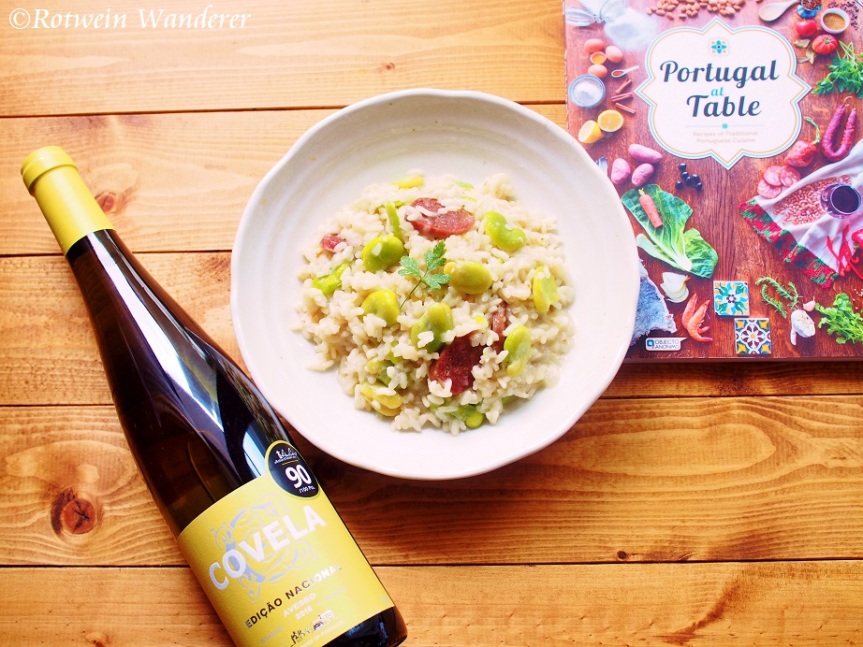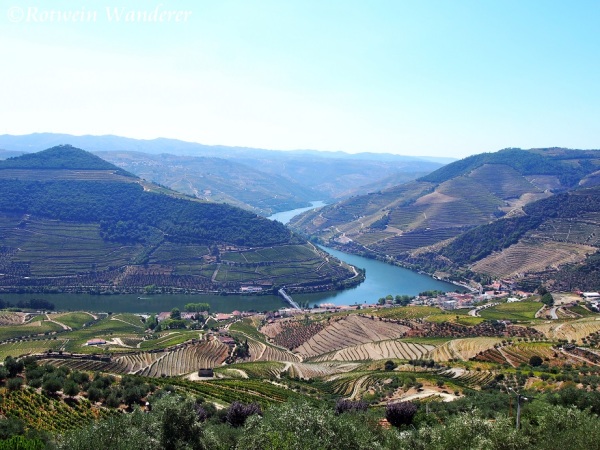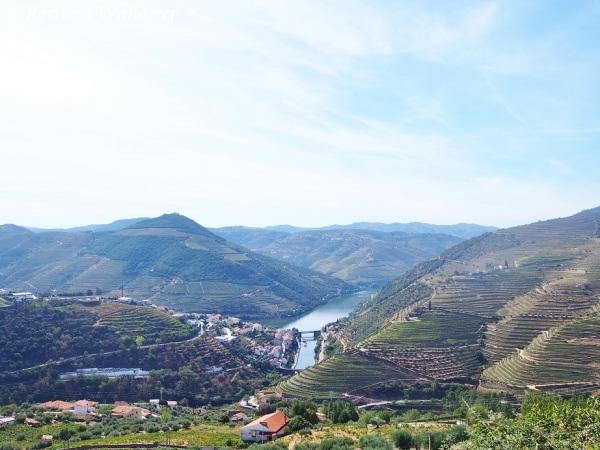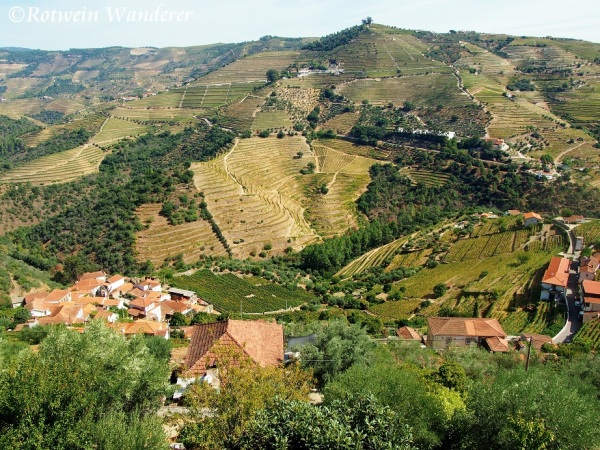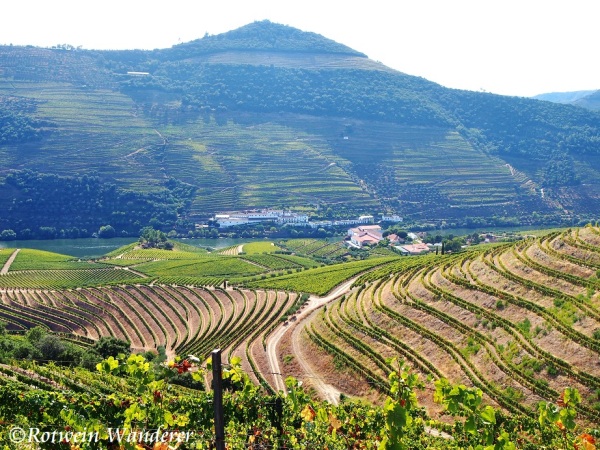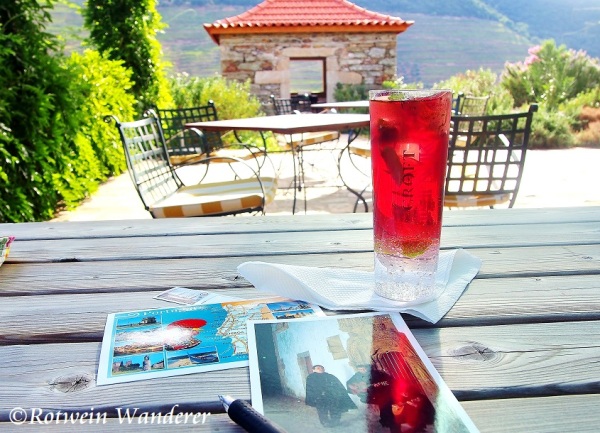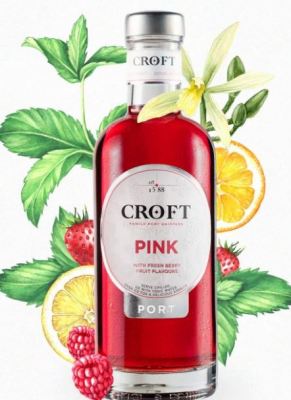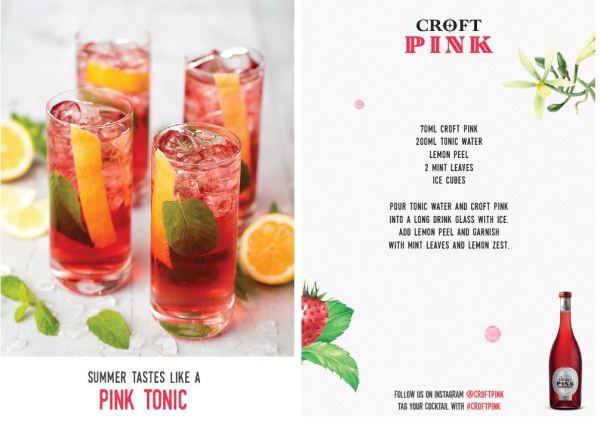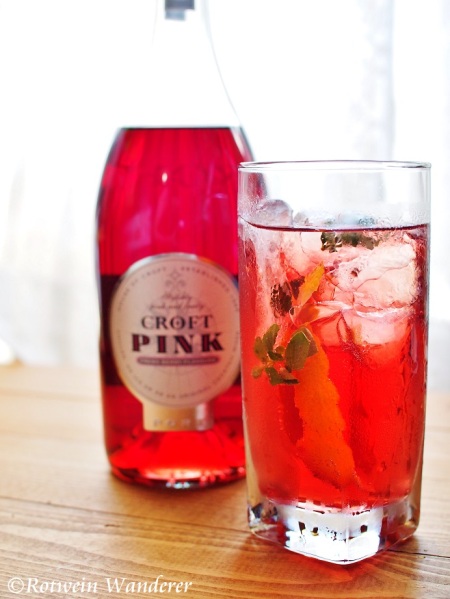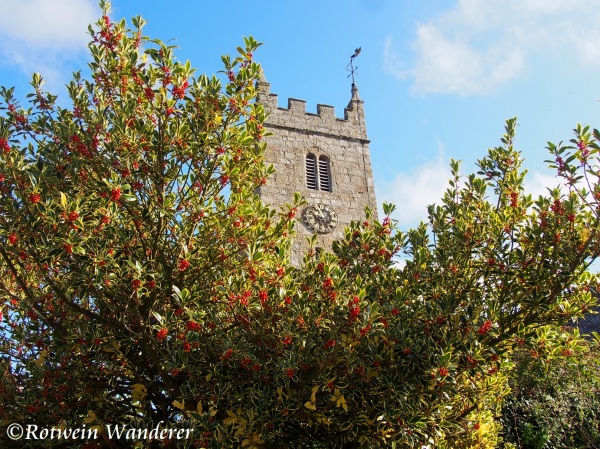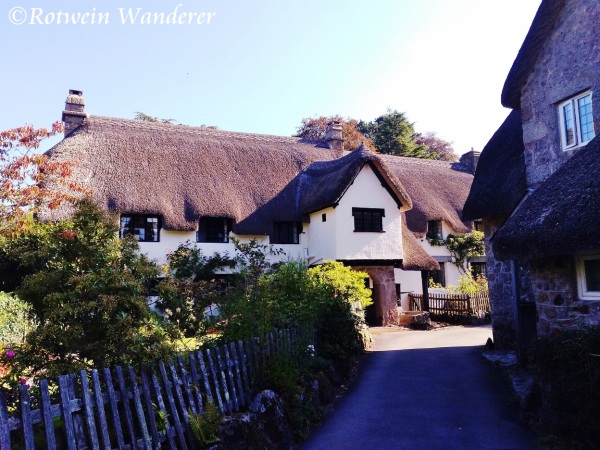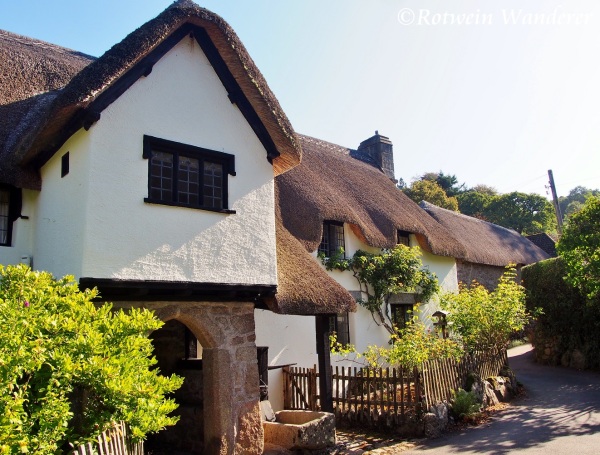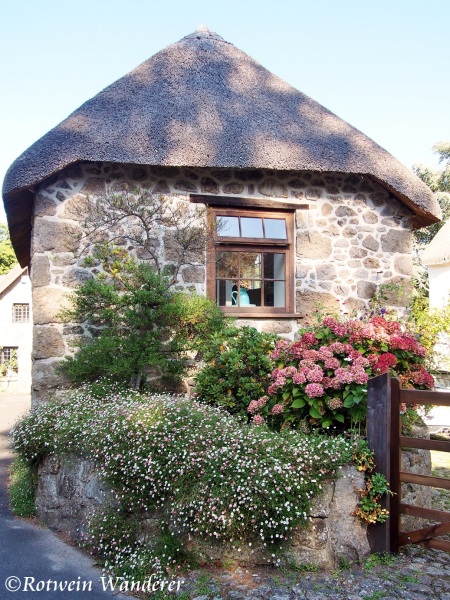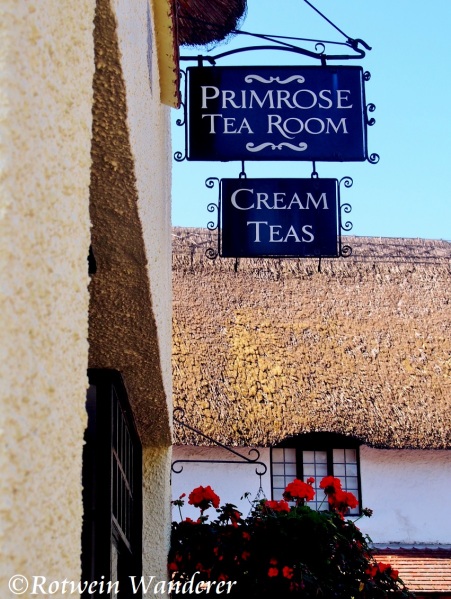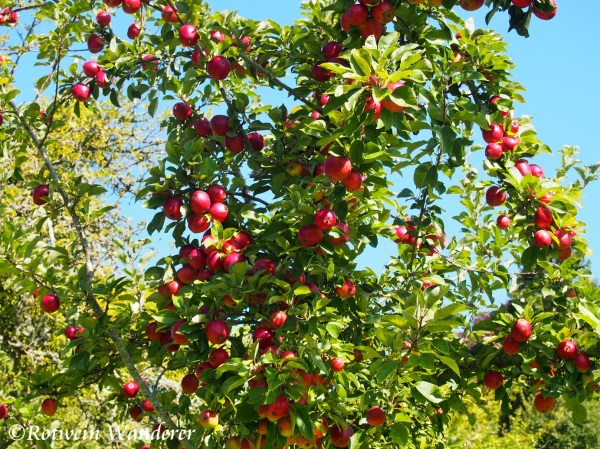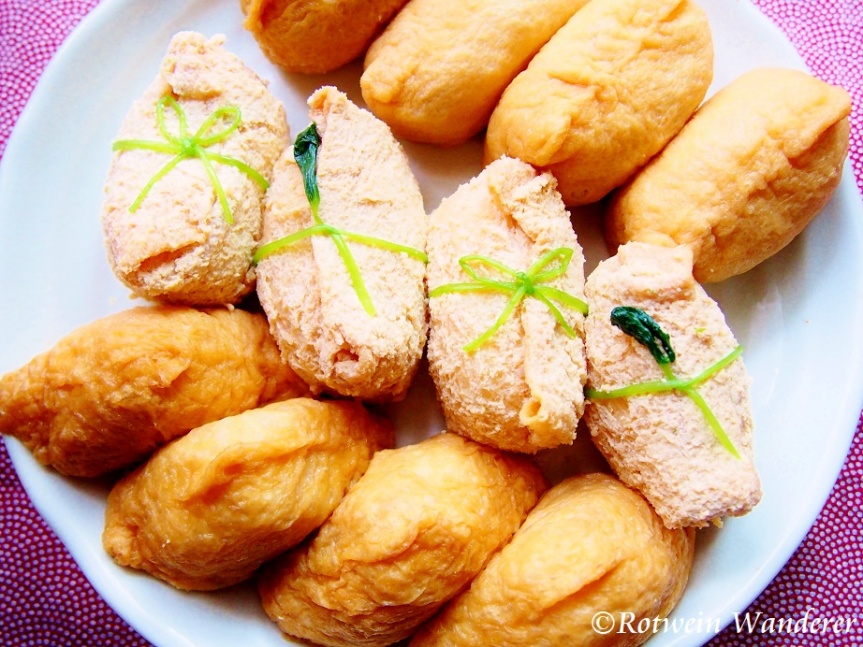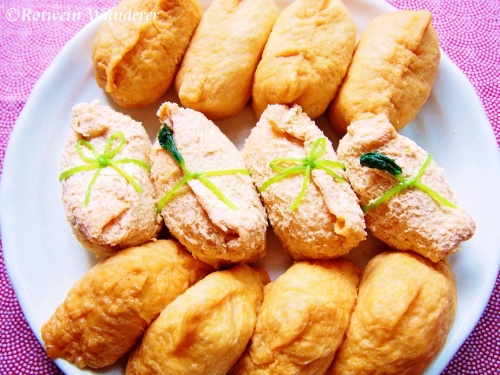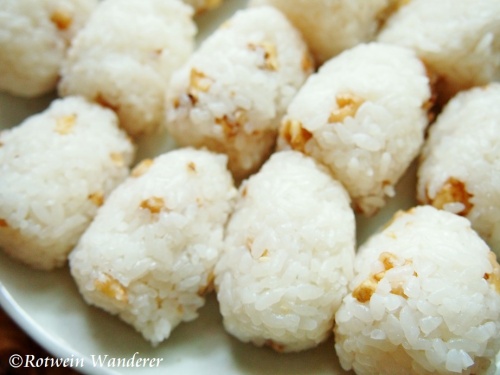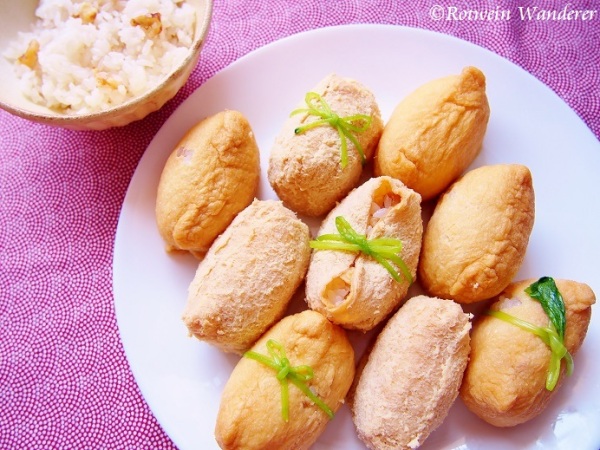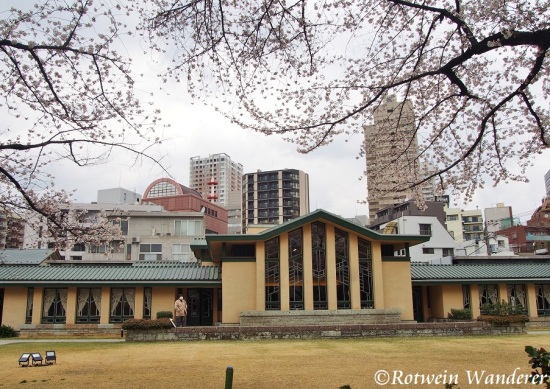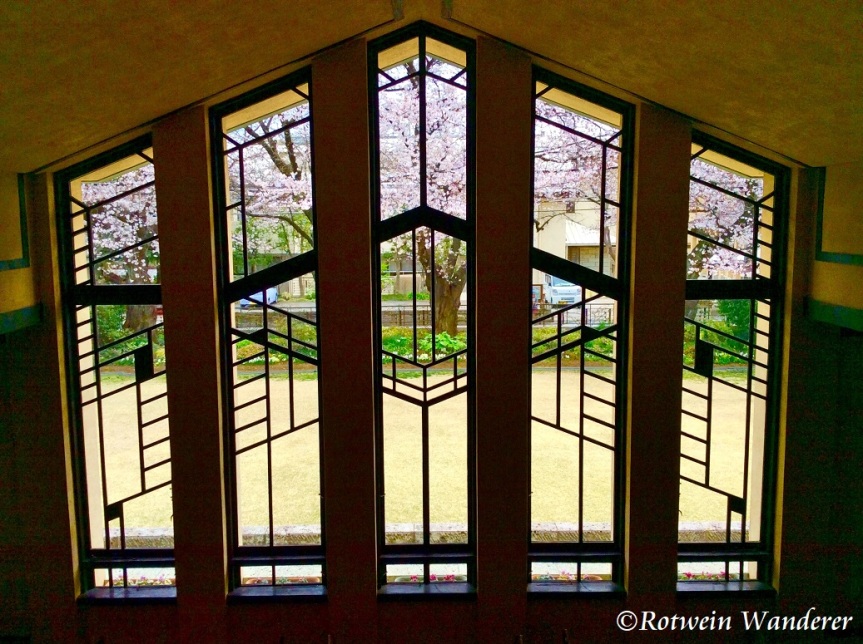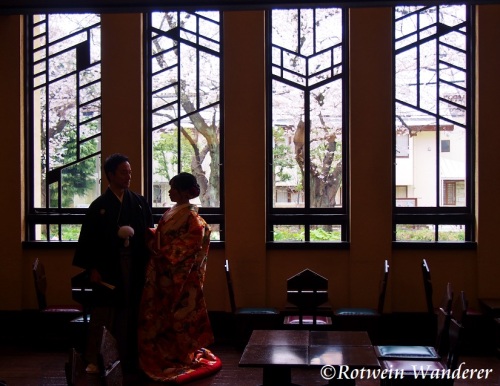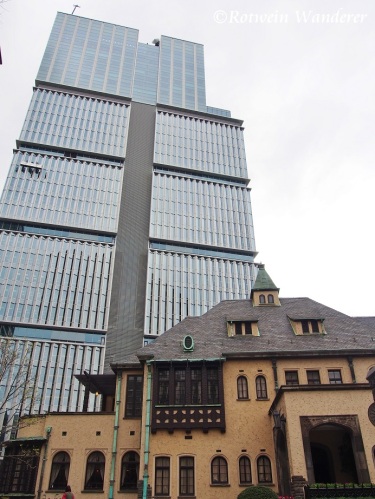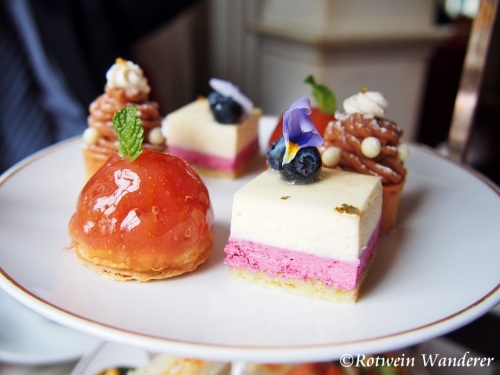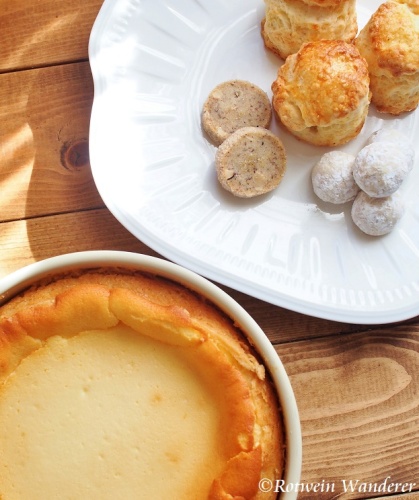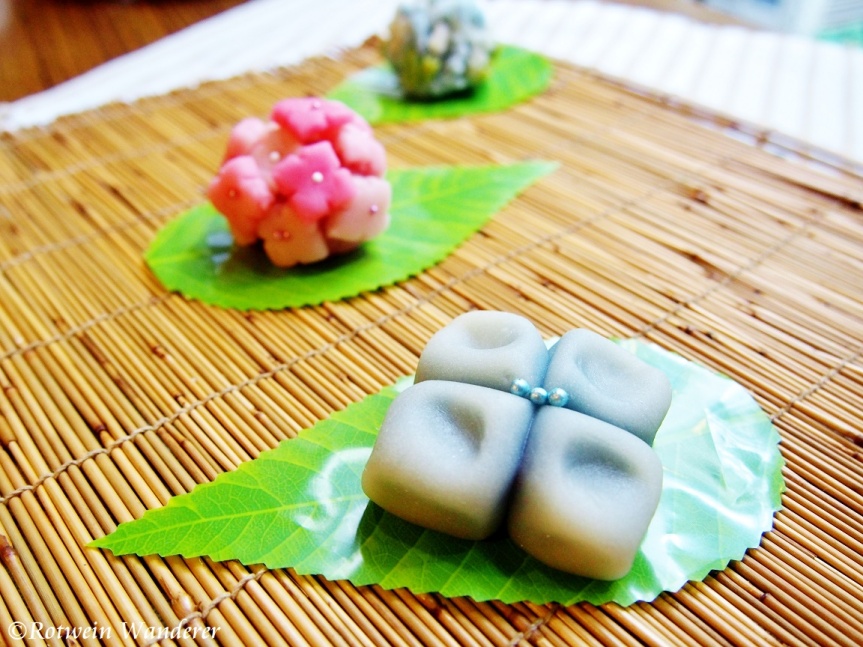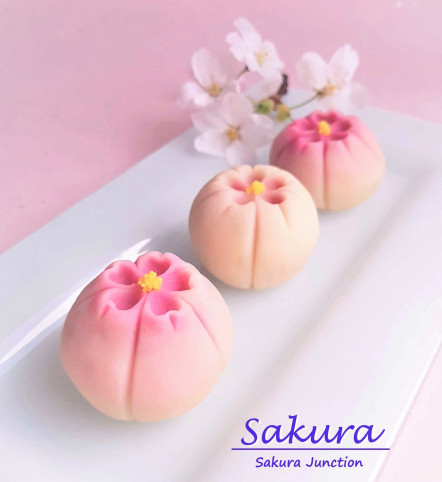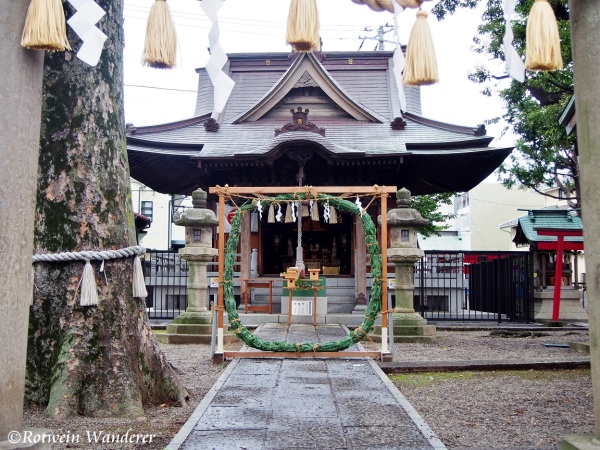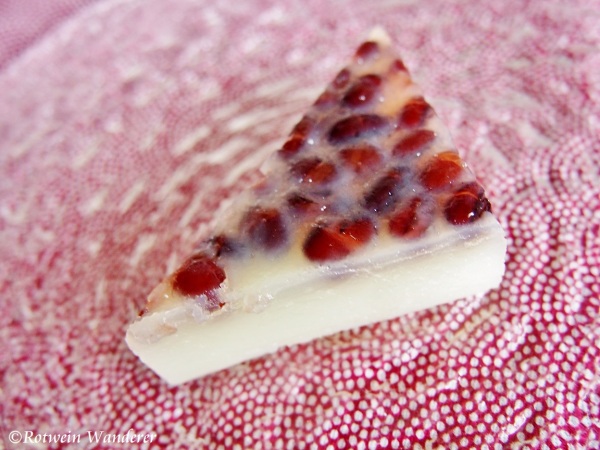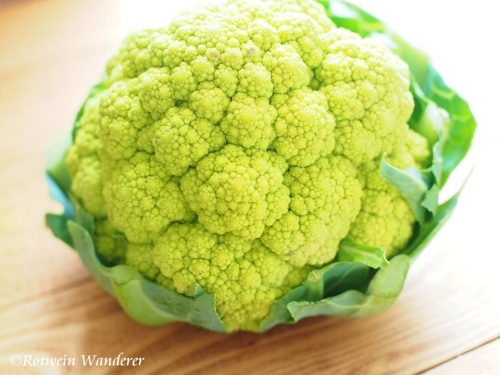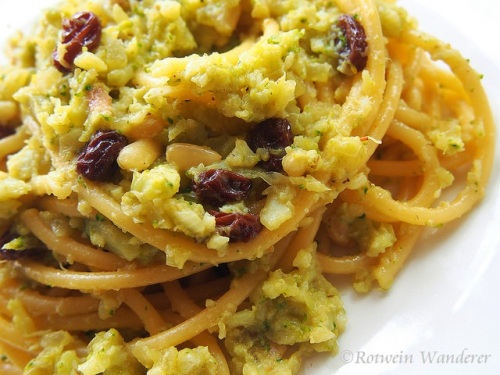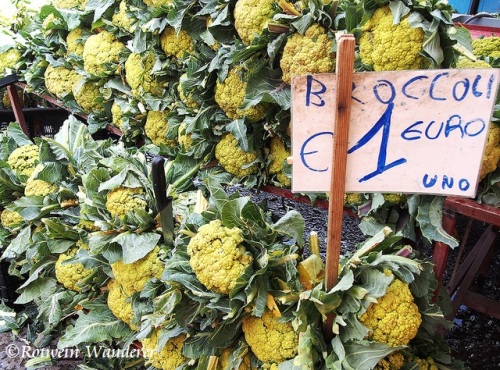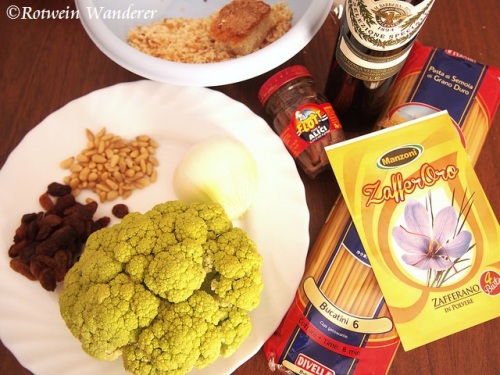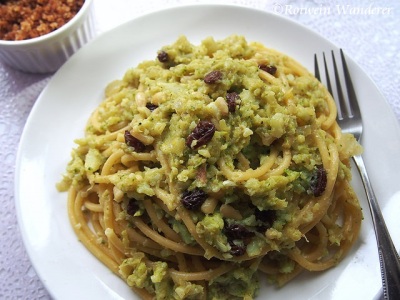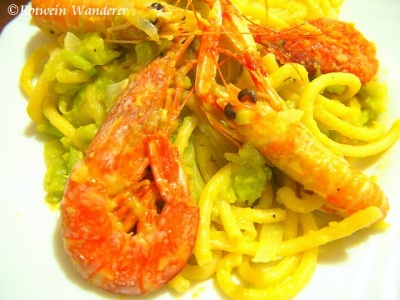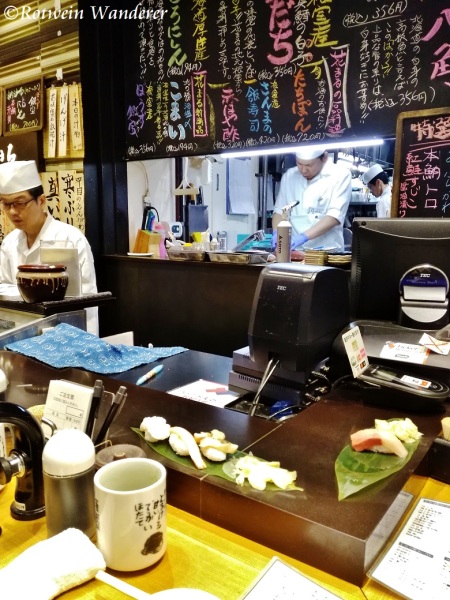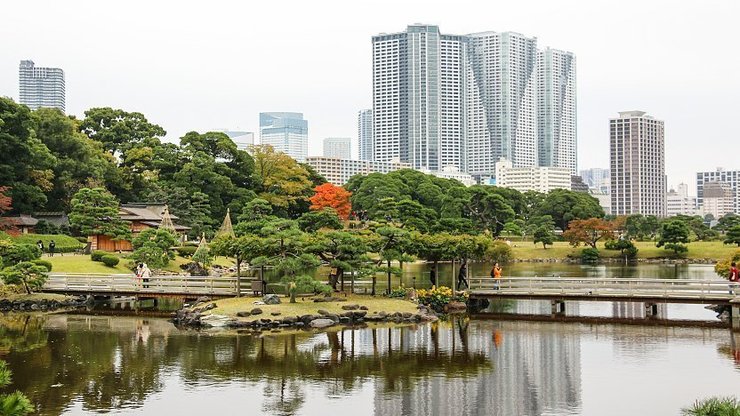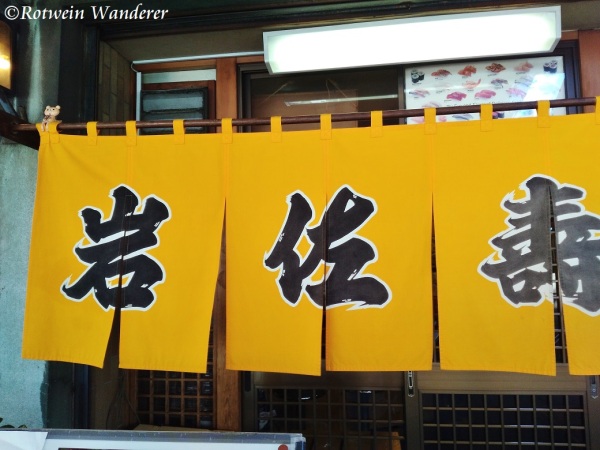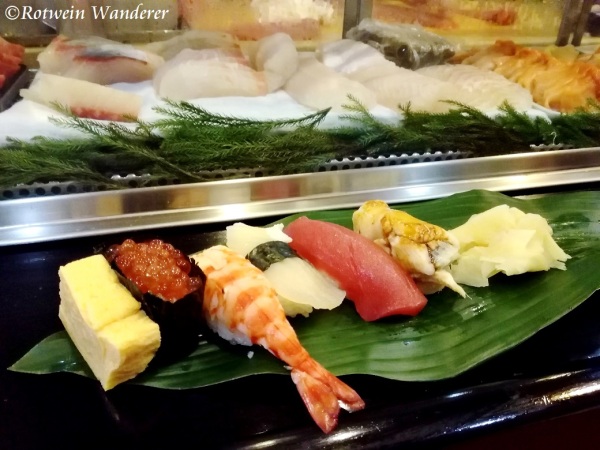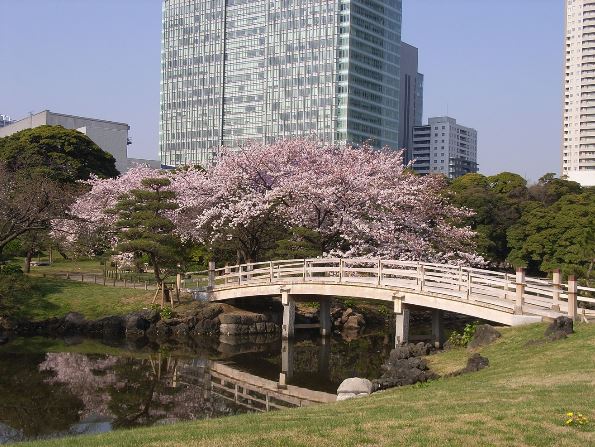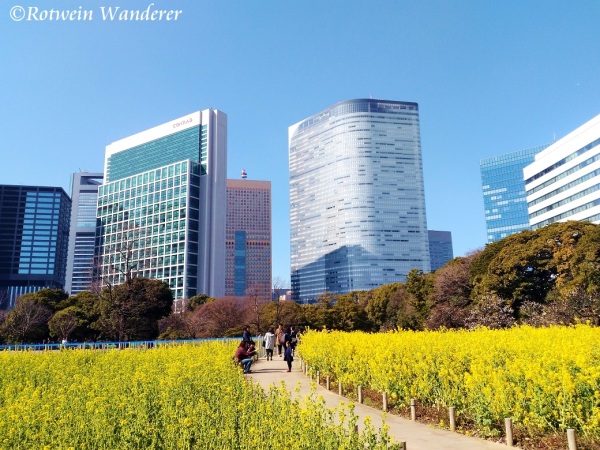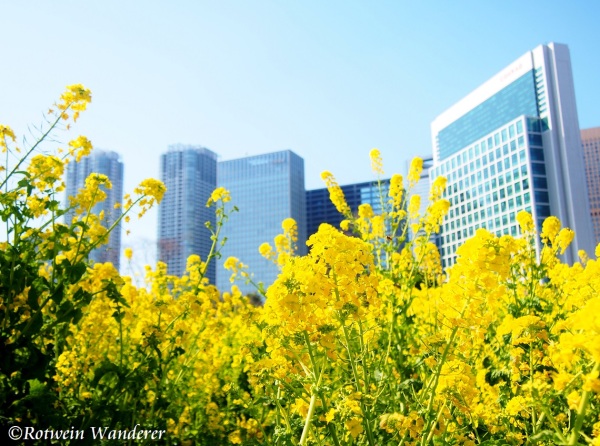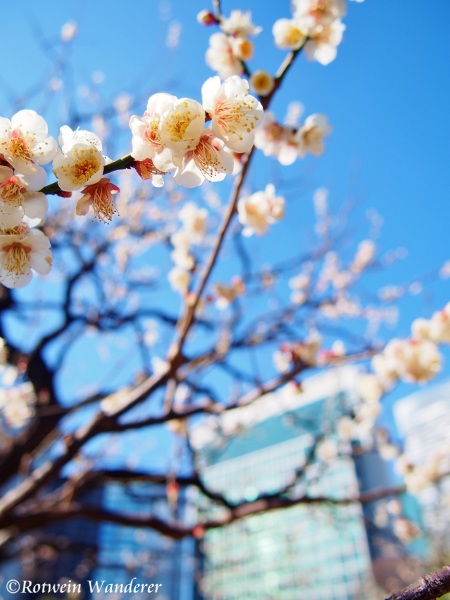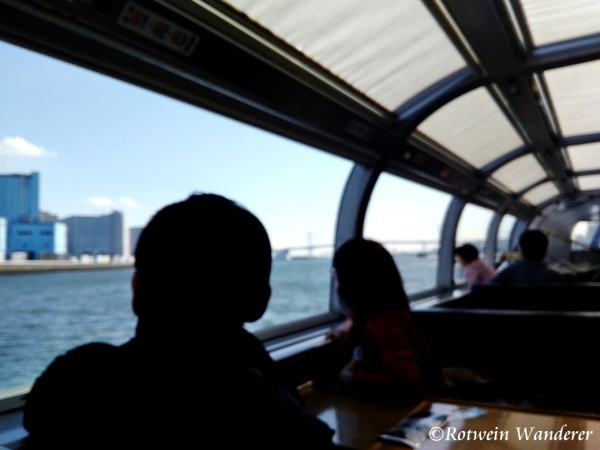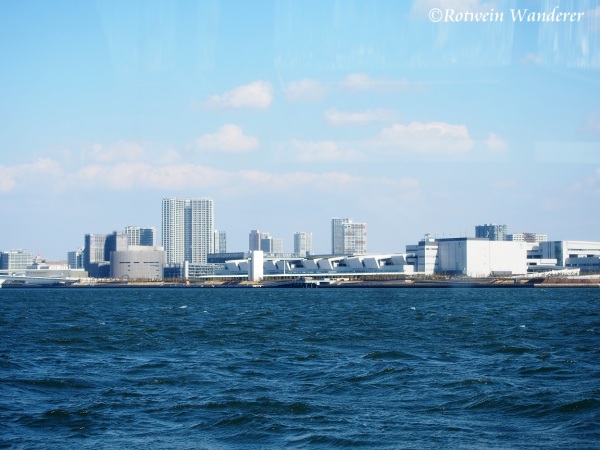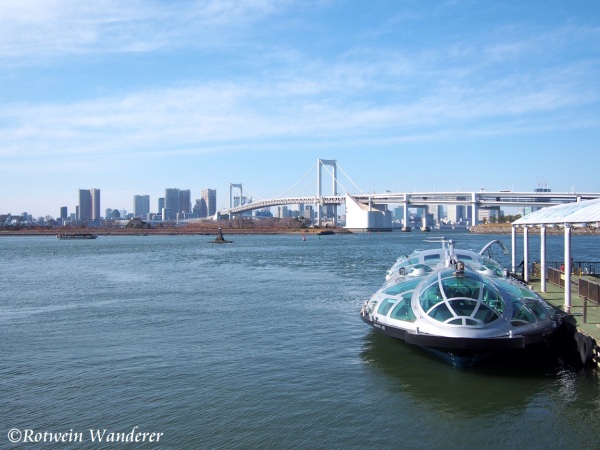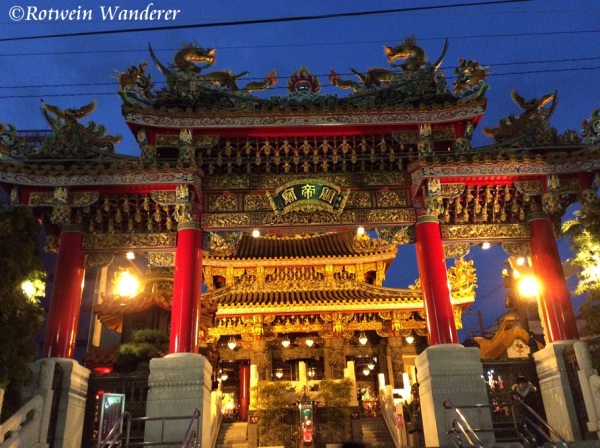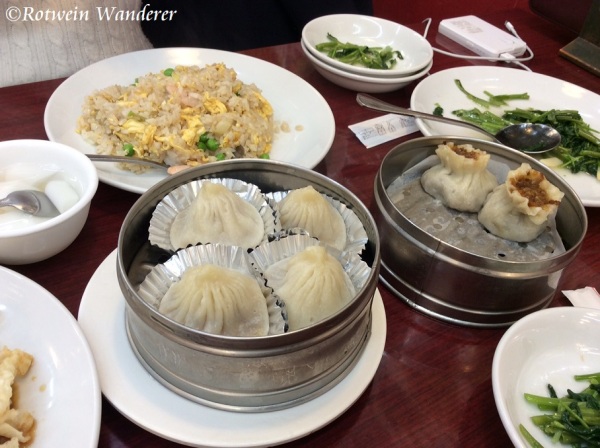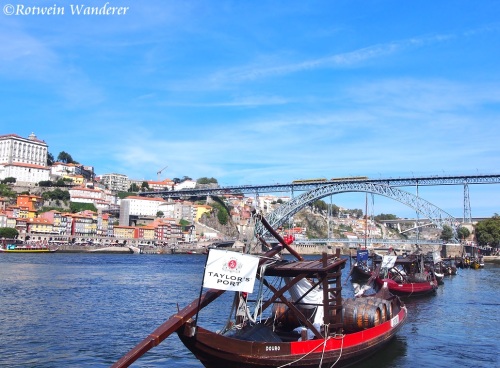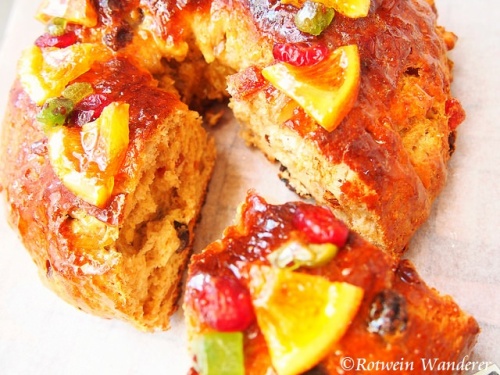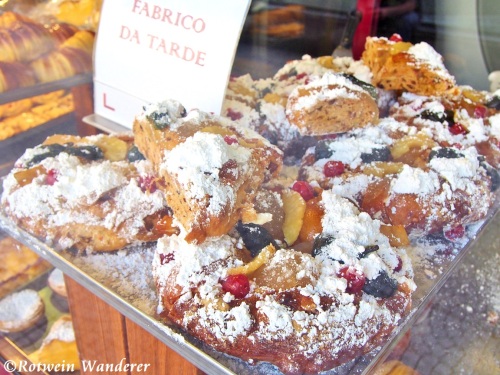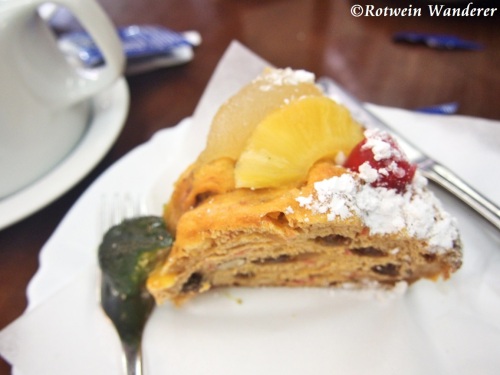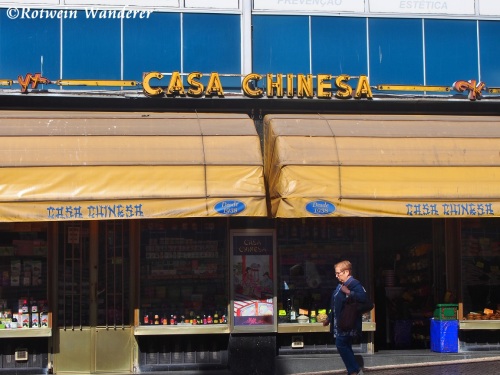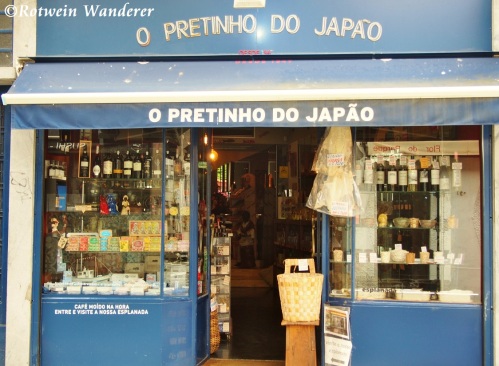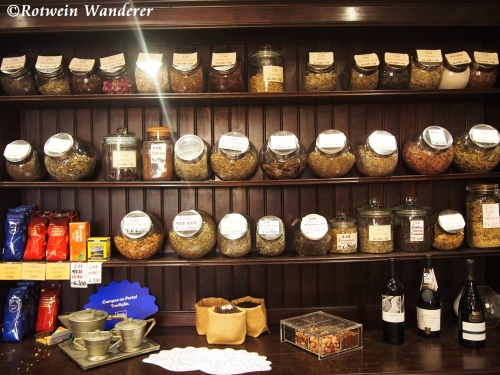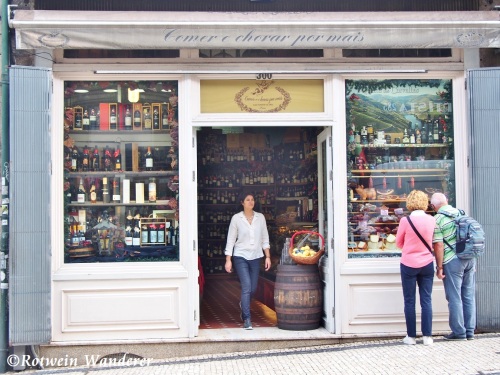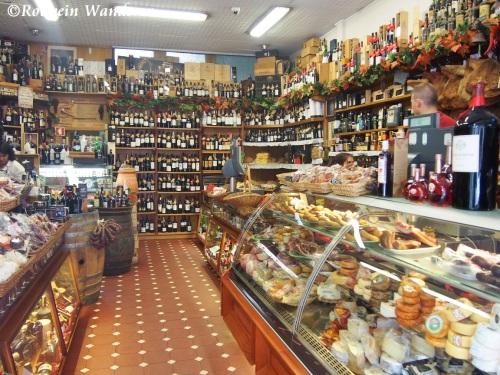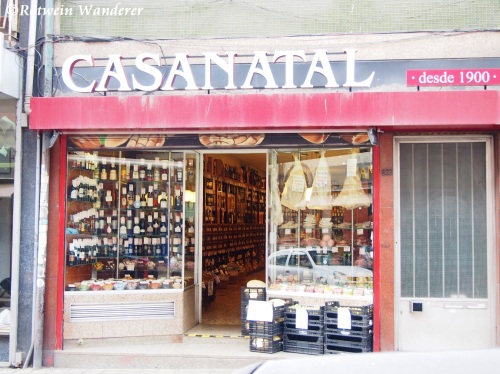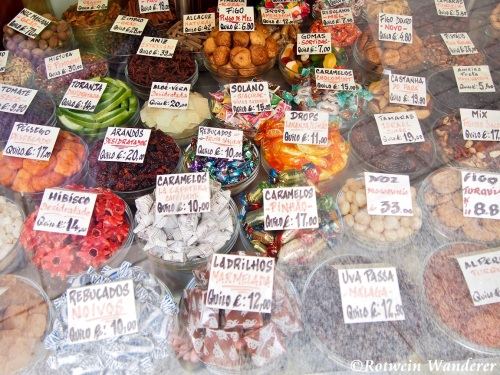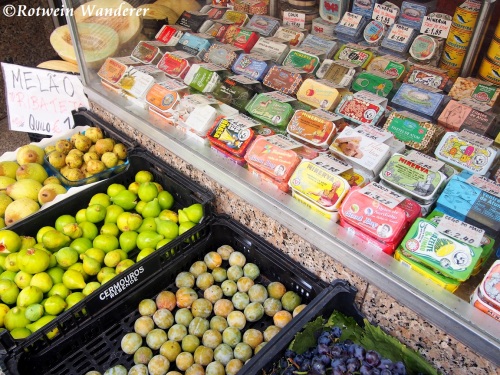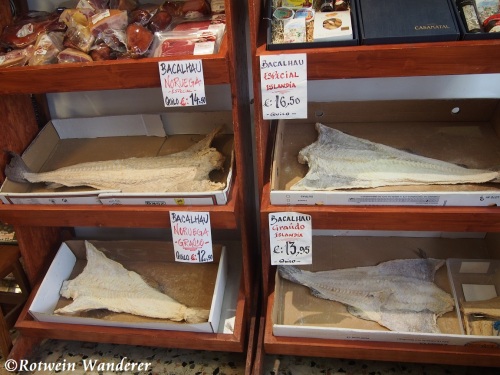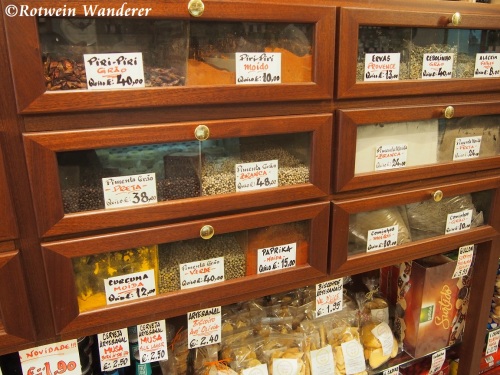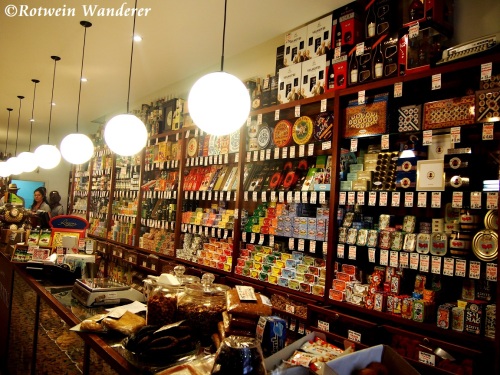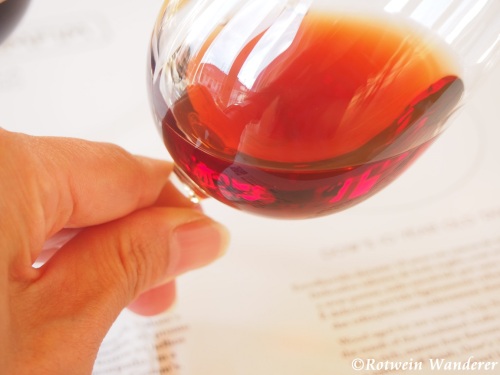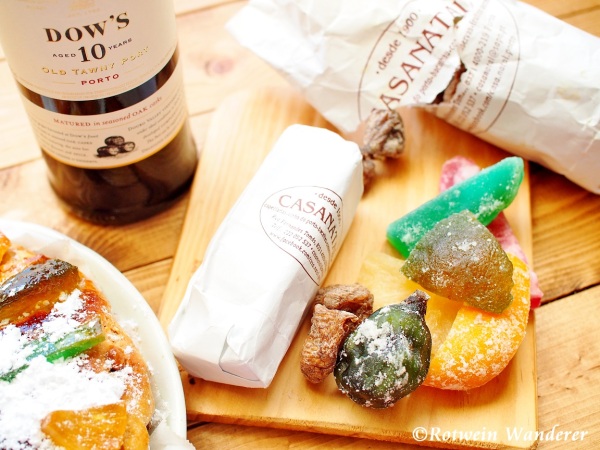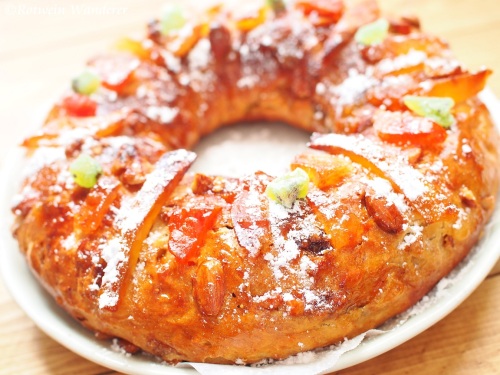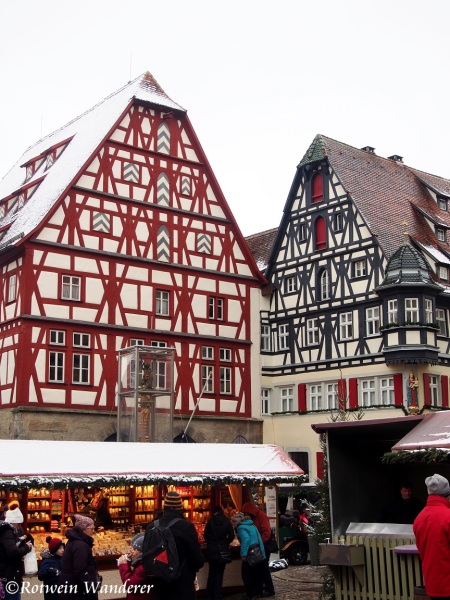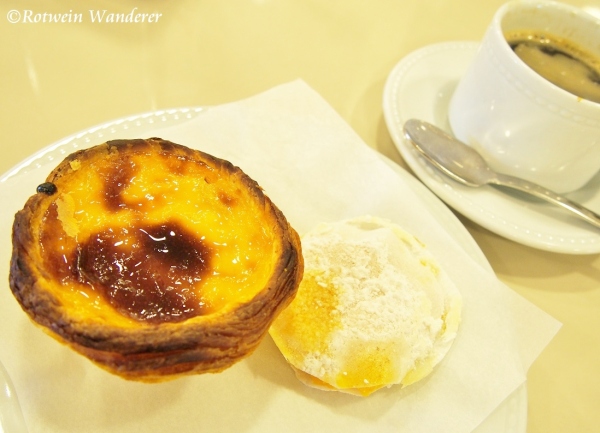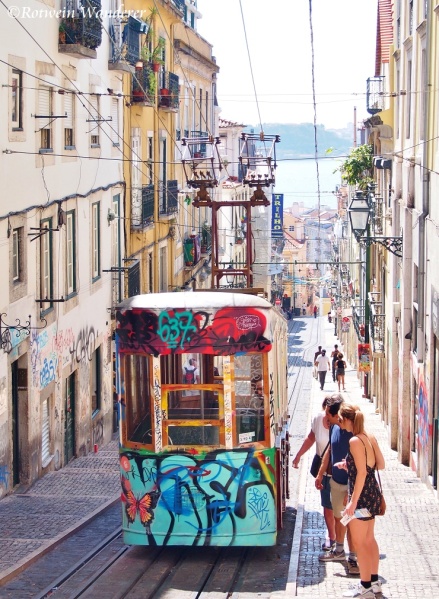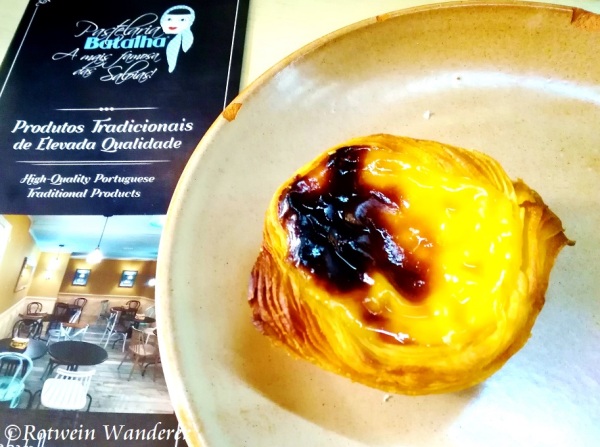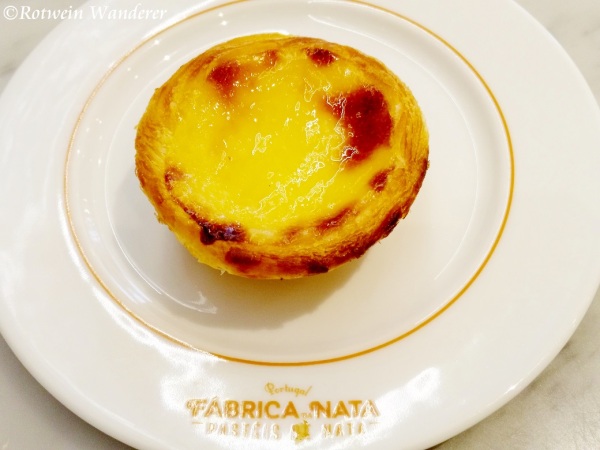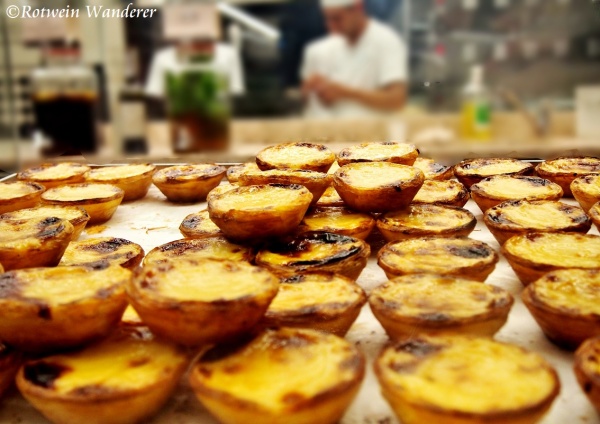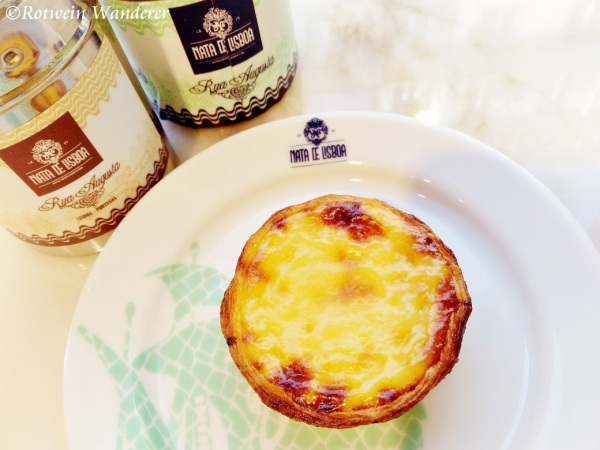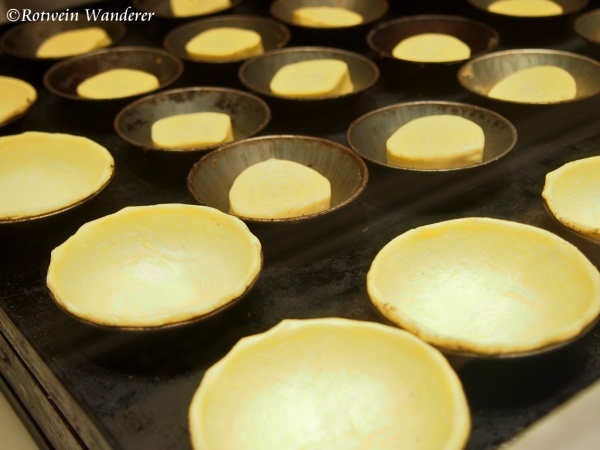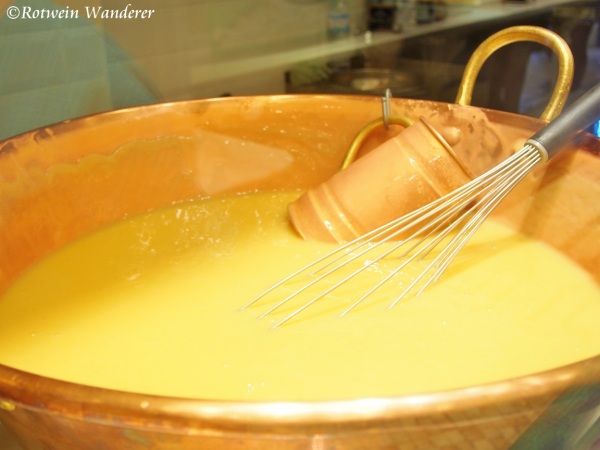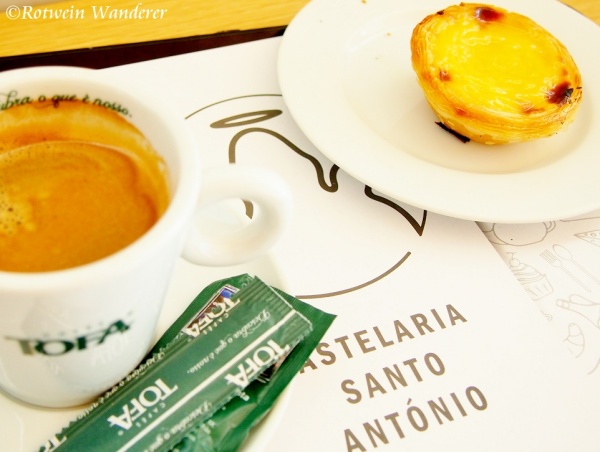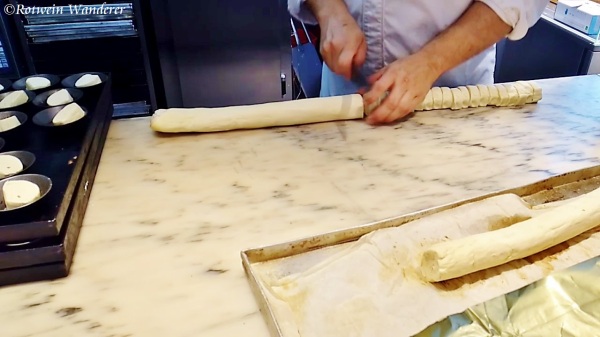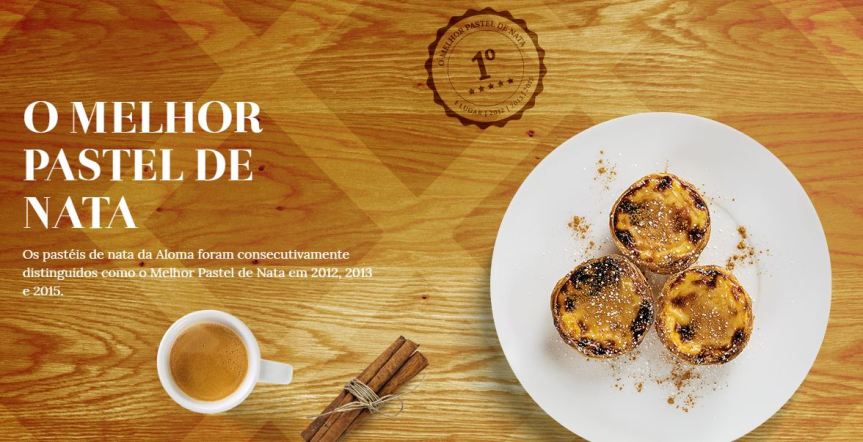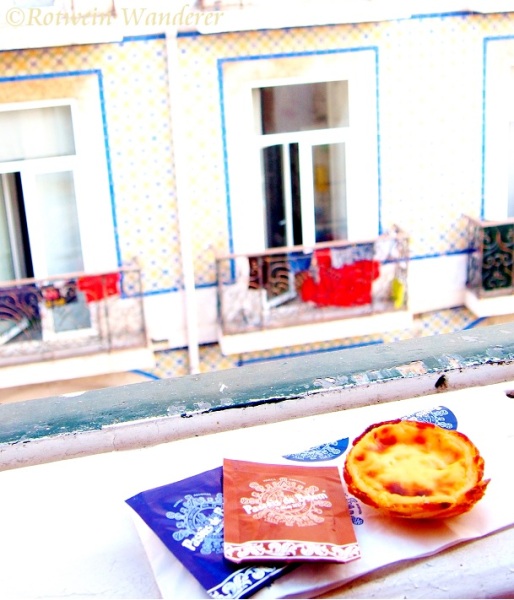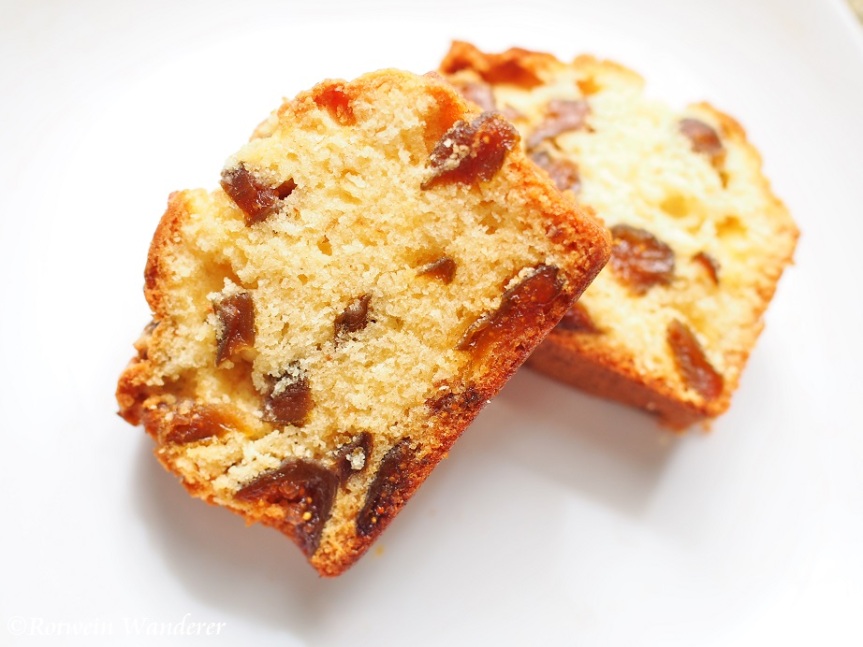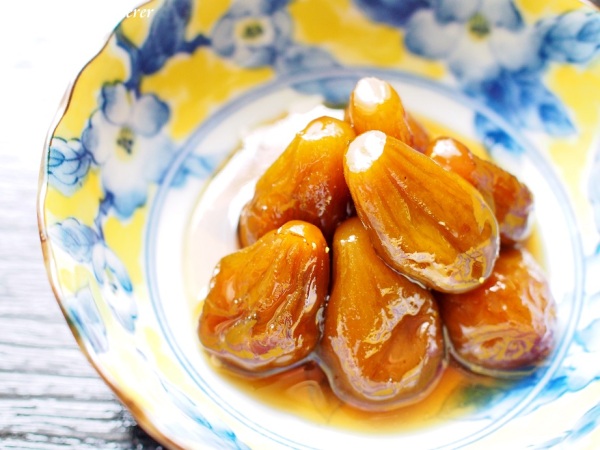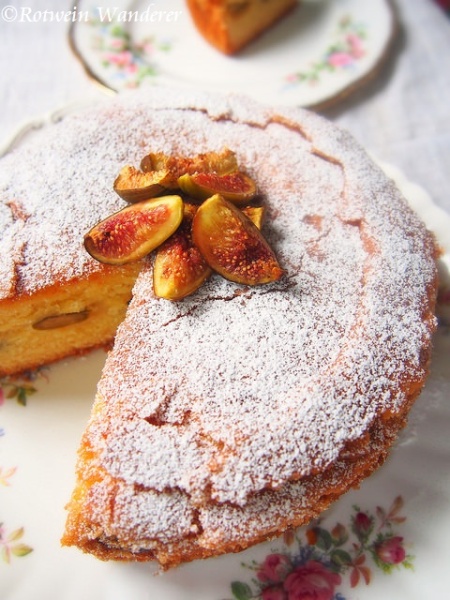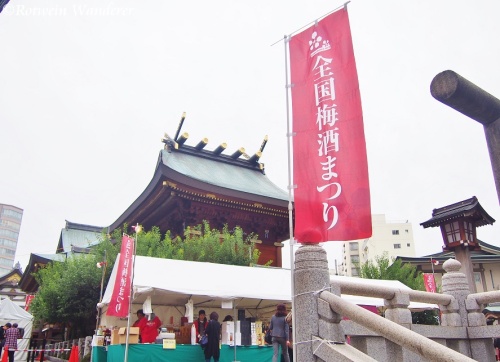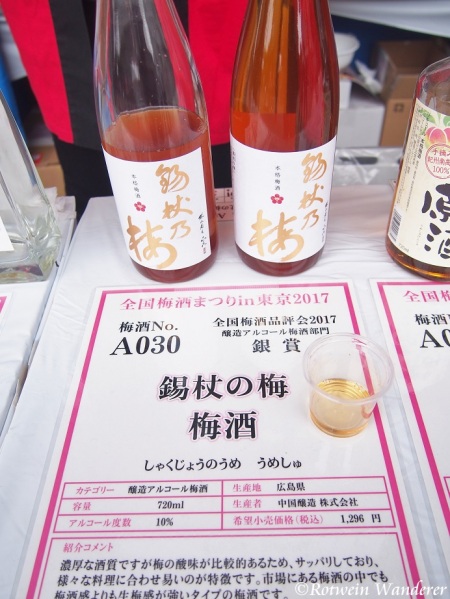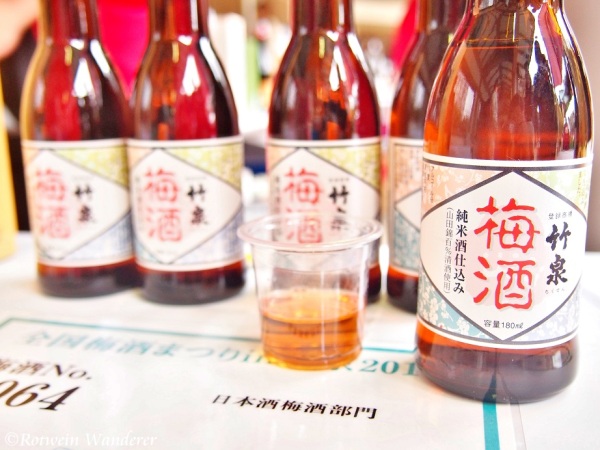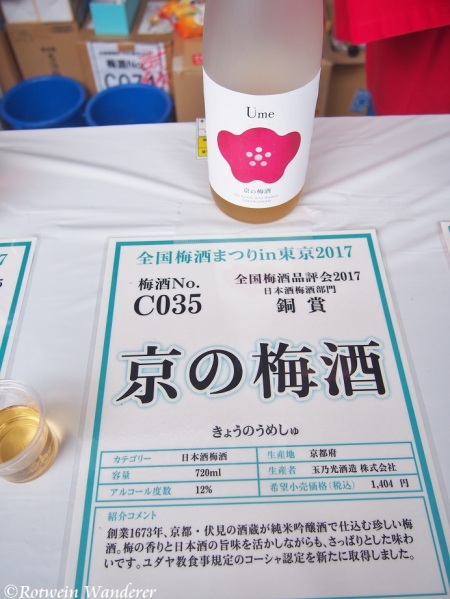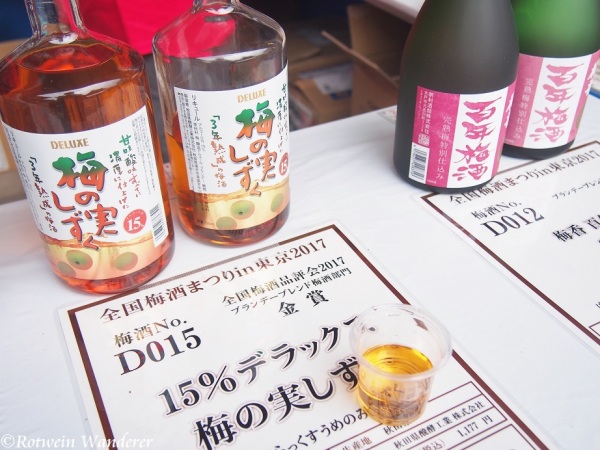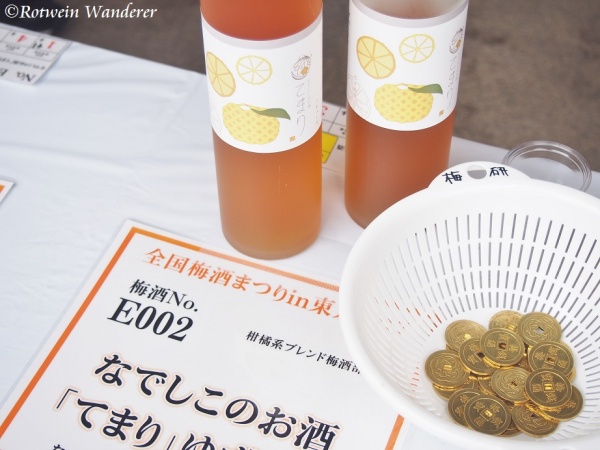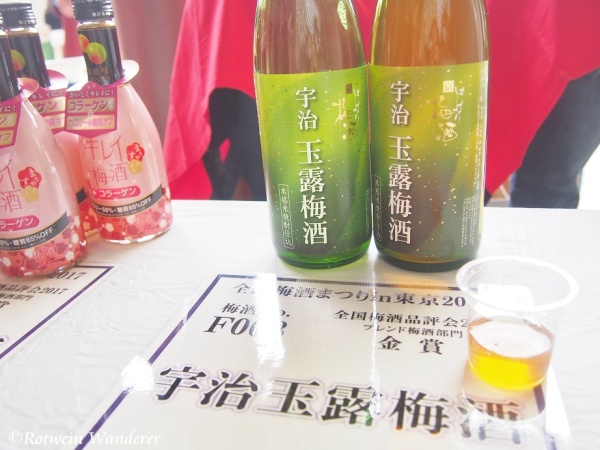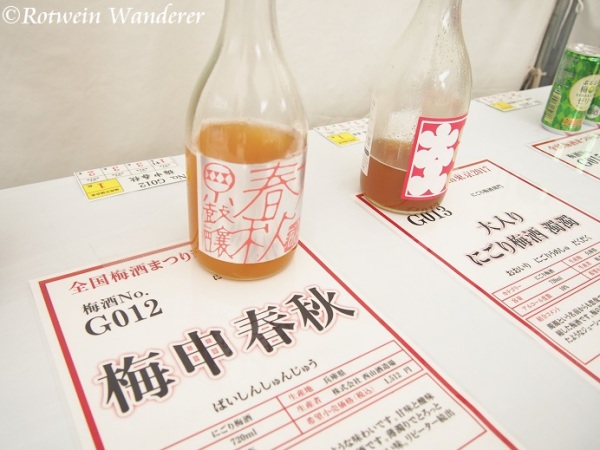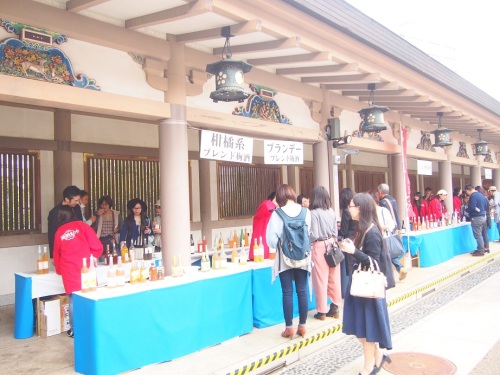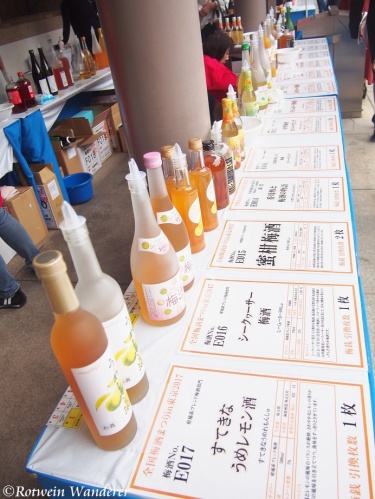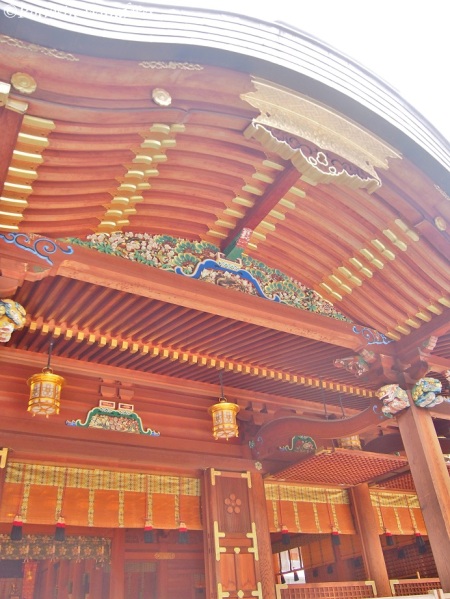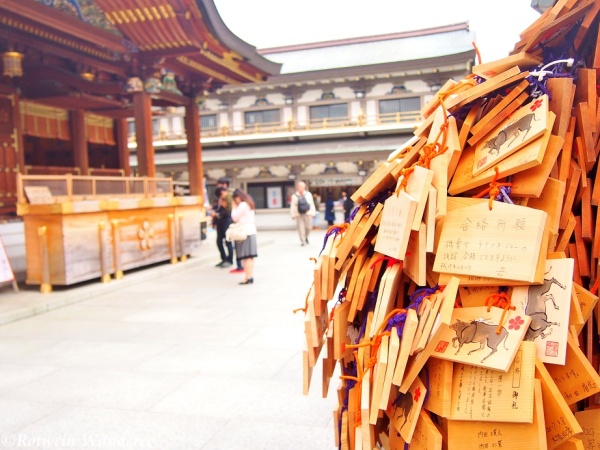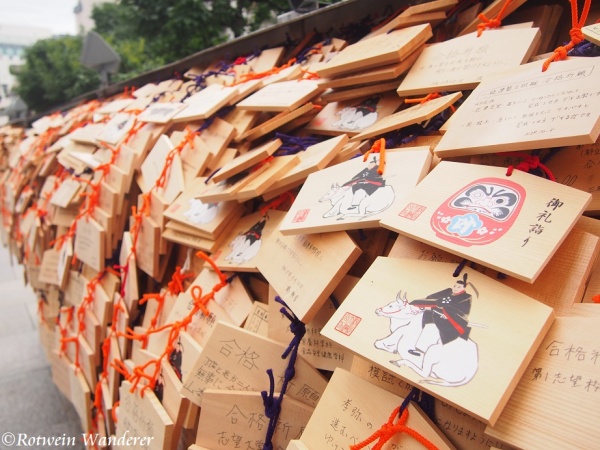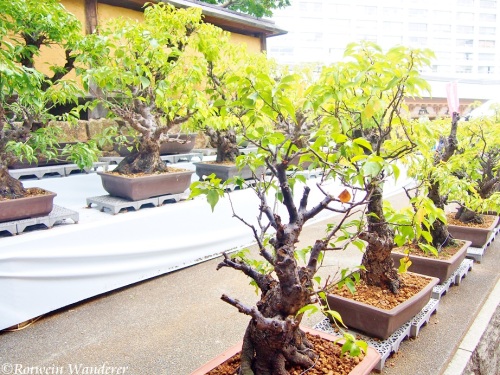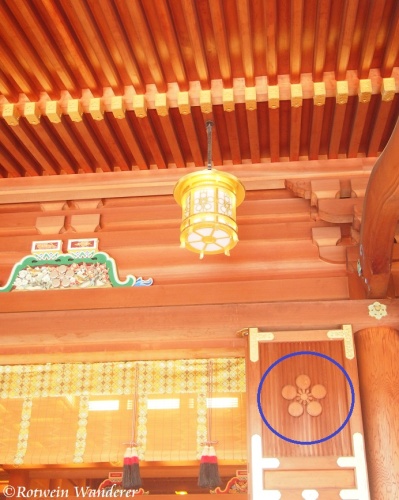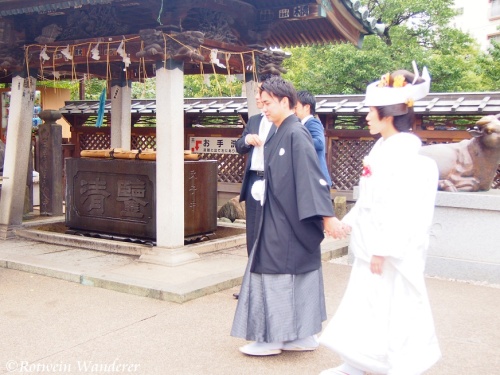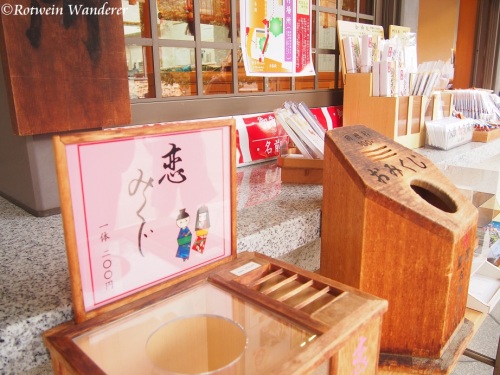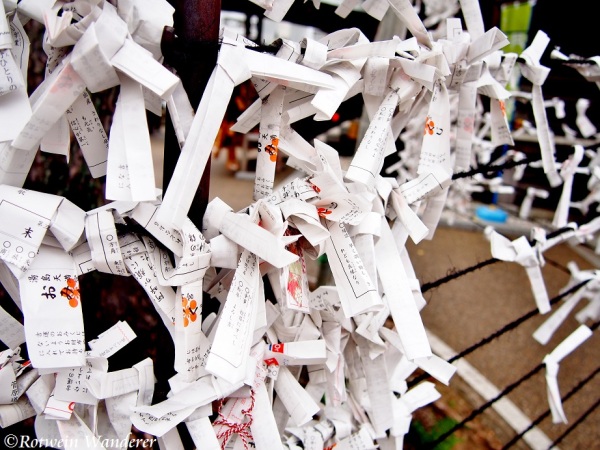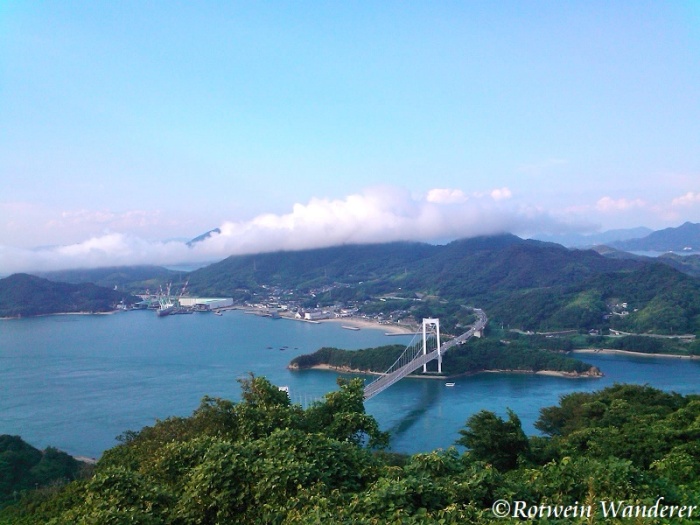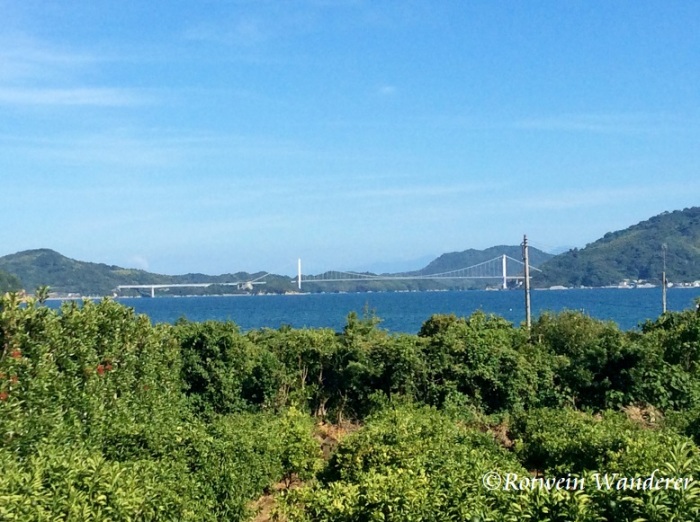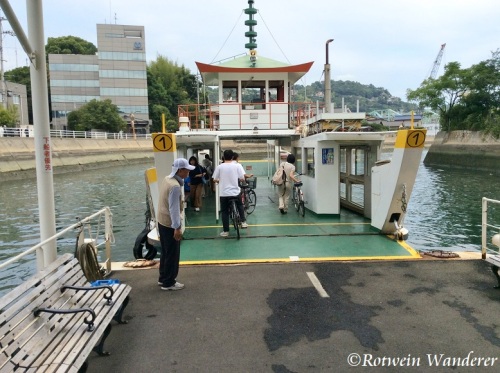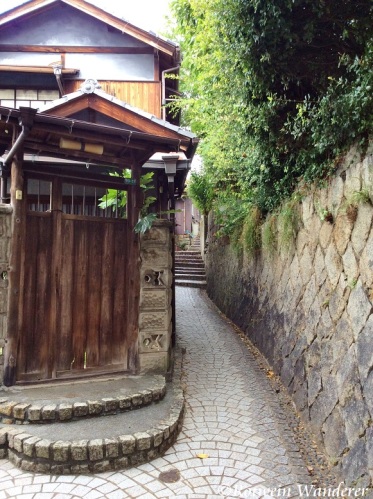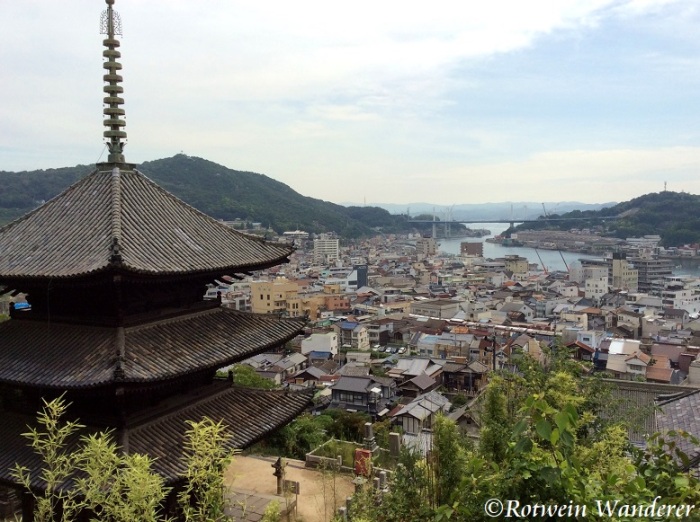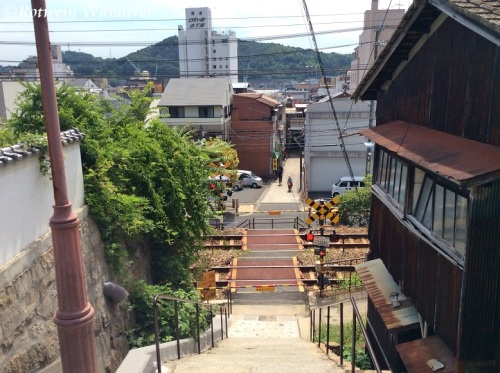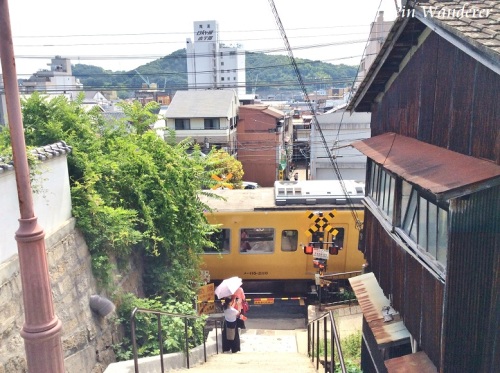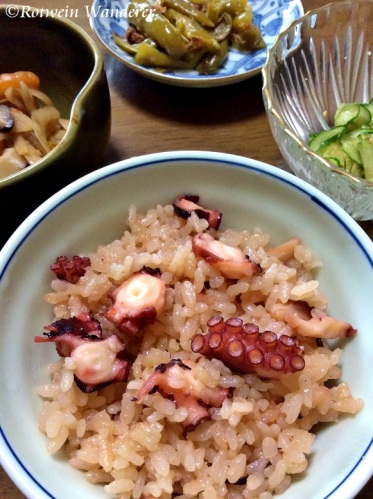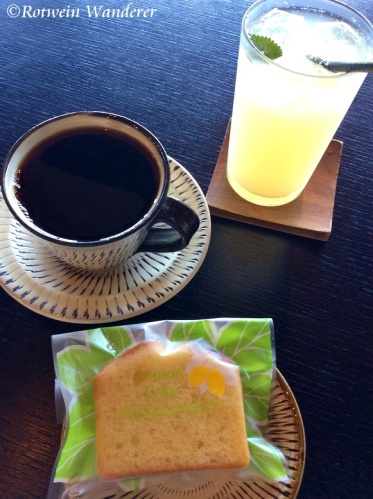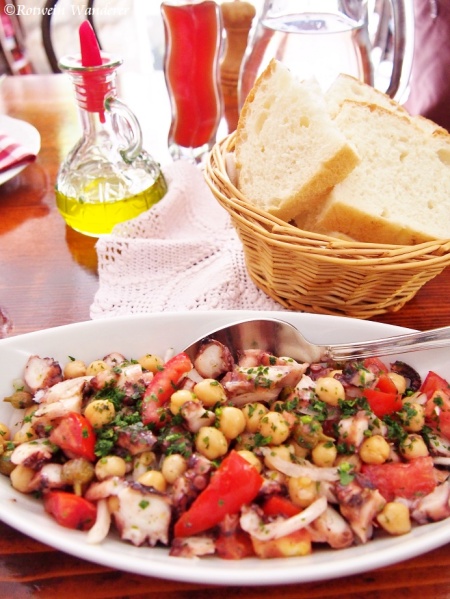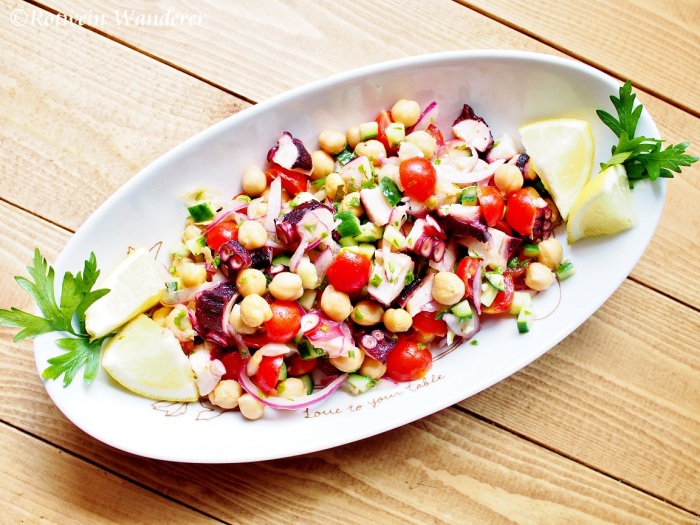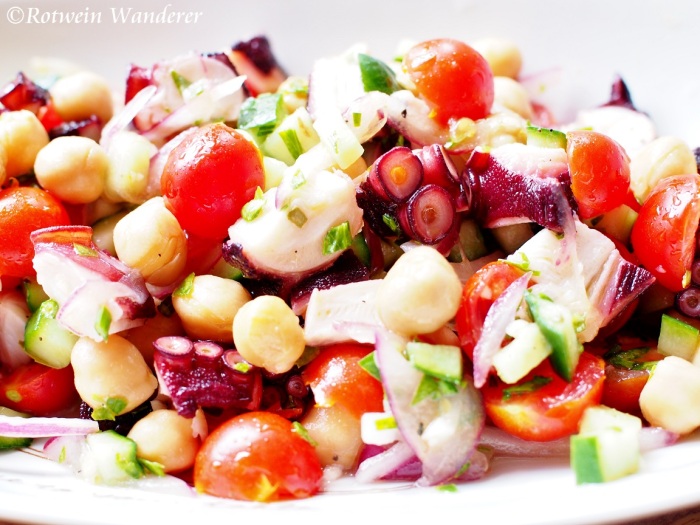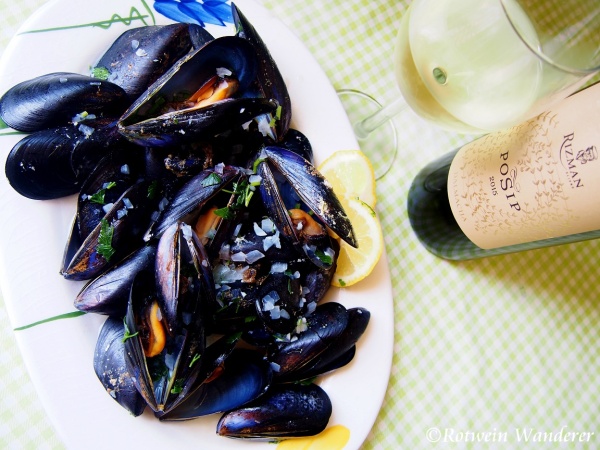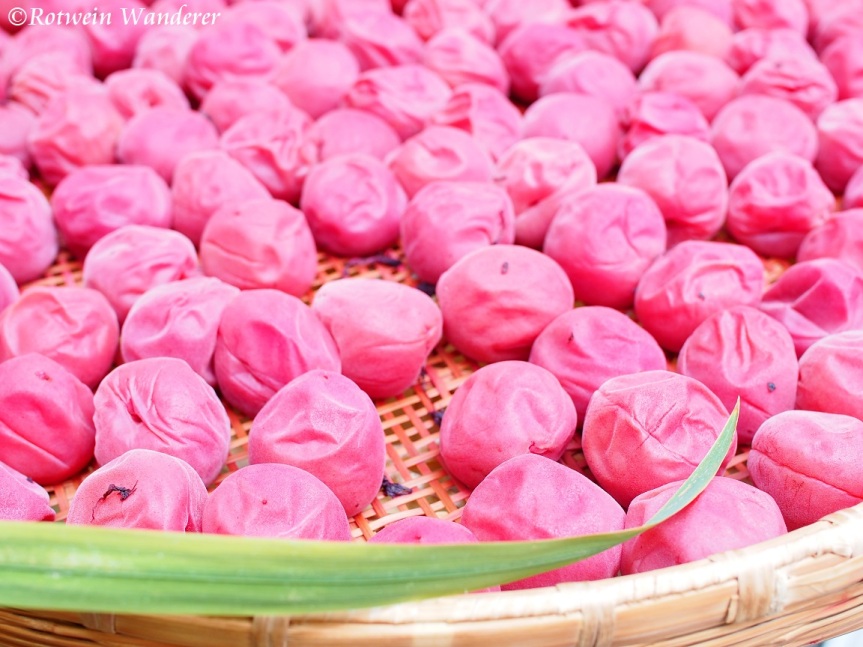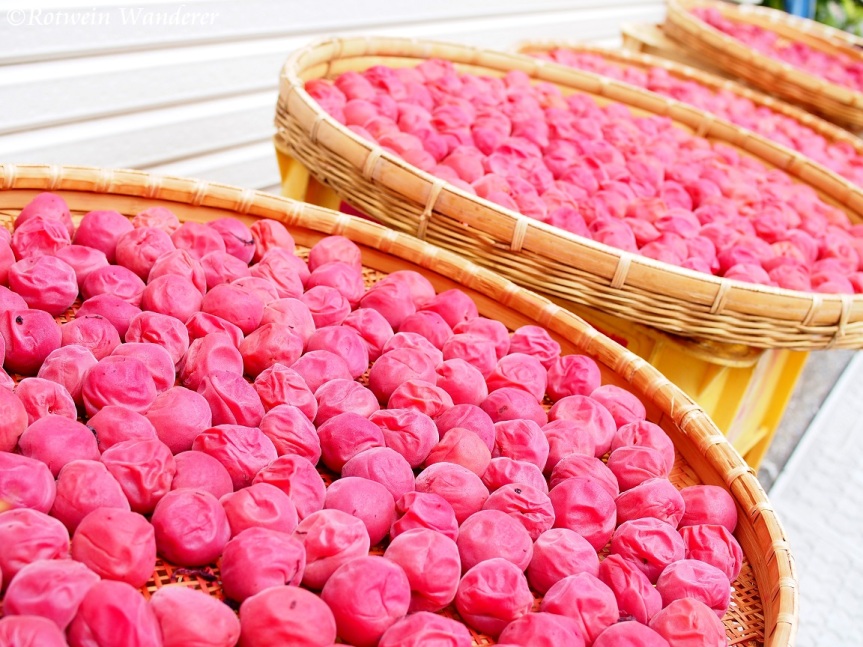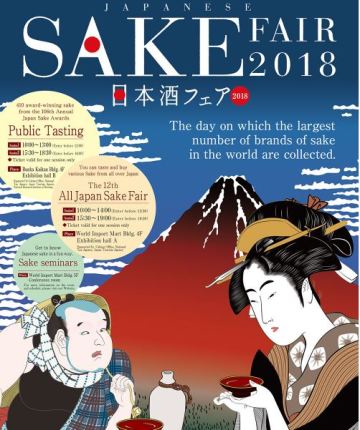” he tried the chicken soup, which smelled divine. He tasted it and with surprised shining eyes looked up at me, … ‘It’s good!’ It was delicious, made from chicken liver and giblets; … on the table a dish overflowing with rice and broad beans. … He took another larger forkful. … Then he cried: ‘Excellent! … What a bean! So delicious!’ … Faced by the golden chicken roasted on the spit and by the lettuce … drizzled with a little mountain olive oil…, he finally roared: ‘It’s utterly divine!’ ”
José Maria de Eça de Queirós, The City and the Mountains

When I travel, I often read books and/or watch films of which stories are set in the destination in order to prepare for the trip and to boost my mood for the upcoming adventure. As for the Portugal trip in 2018, I had rewatched Night Train to Lisbon, and read The Sin of Father Amaro and The City and the Mountains by Eça de Queirós.

After three days in Porto, I got off a train at Ermida by the River Douro, en route to Peso da Régua, and took a taxi up to Fundação Eça De Queiroz. The foundation opens the estate, which inspired Eça de Queirósas to write The City and the Mountains, to the public as a museum.


Actually, Eça de Queiroz didn’t live in the estate, Quinta de Vila Nova, i.e. Quinta de Tormes in the novel. The exhibits in Casa de Tormes, such as the library with full of books, writing desk etc. which had belonged to Eça de Queiroz, were shipped from his last resident in Paris after his death.

There is a restaurant in the premises, which is a must if you visit the museum. Restaurante de Tormes serves ‘the first meal’ Eça de Queirósas or Jacinto, the main character of the novel, had when he arrived at the estate for the first time.

Of course, I ordered ‘the first meal’ menu – how could I have not? 🙂
It was a wonderful surprise that broa de milho was accompanied. Broa de milho, which I had sought in vain in Porto, is typical bread from northern Portugal made with cornmeal, wheat and/or rye flour.


The arros de favas was literally excellent and delicious!

Having another appointment, I called the taxi back; then, a 10-minute drive took me to a small boutique winery.
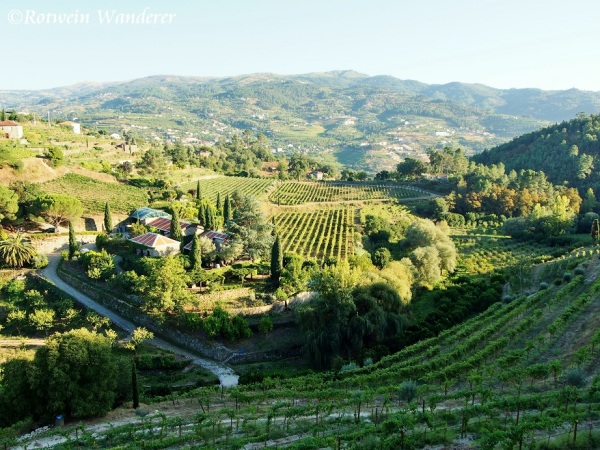
One of the significant elements that make Quinta de Covela wines unique is its terroir: It is located in the southern edge of the Vinho Verde wine region, just close to the beginning of the Douro wine region, Baixo Corgo. The ‘Douro Verde’, as they call it, region has mix of continental climate and maritime influence; cold in winter, hot and dry in summer, and unlike in the typical Vinho Verde DOC, much less rainy.
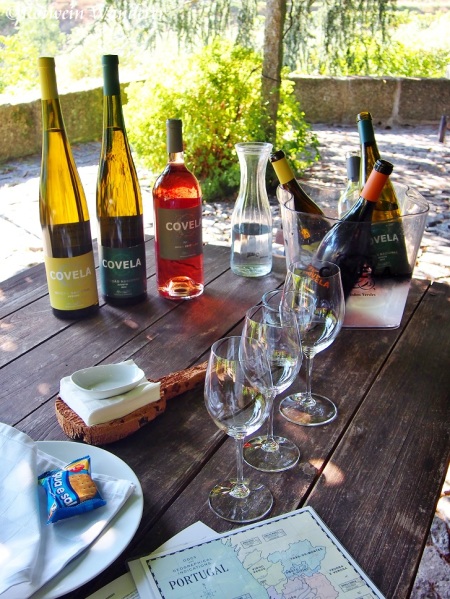



The wine which impressed and attracted me most was their Avesso. Avesso is a white Portuguese native wine grape variety primarily planted in Minho, northern Portugal; however, you would not say it Vinho Verde when you sip their COVELA Edição Nacional Avesso.
Tasting Notes:
Colour: Silver with hints of straw.
Nose: Intense, yet delicate and complex. Citric fruit (grapefruit), floral,
herbal, tree fruit and dried fruit (sweet almonds). Marked minerality and elegance.
Palate: Dry, fresh acidity, excellent mouthfeel, elegant and long finish
that makes the mouth water. (Source: Qinta de Covela)
Tasting Notes:
Bright, citric color. Intensely fresh with subtle mineral character. Notes of zesty, citric fruits and meadow flowers. Dry and elegant. Nicely-balanced acidity and fruity, yet with a strength typical of the sun-soaked “Douro Verde” region. (source: Portugal Vineyards)

Ingredients
(for 2 servings)
600 g water
¾ tsp fine sea salt
170 g fava bean, without pods
2 tbsp extra virgin olive oil
½ tsp garlic, minced
50 g onion, finely chopped
150 g risotto rice (I used Carnaroli.)
2 tbsp dry white wine
90 g chouriço* or salami, sliced
salt and pepper
(optional)
fresh coriander or Italian parsley to garnish
NOTE: * not Spanish chorizo but chouriço with less paprika and spice
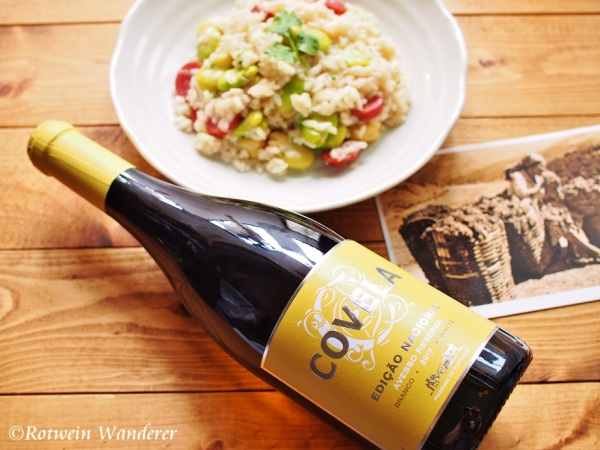
Method
- Bring a pot of the water to the boil. Add the salt and put in the fava beans and cook over medium heat for 3 minutes. Take the beans out of the water (retain the liquid to cook the rice) and immediately put into cold water to stop them cooking. Drain and peel the beans. Set aside.
- In a pan, place the olive oil with the garlic and slowly heat on medium low. Put in the onion and sauté until translucent. Add the rice and stir constantly until the oil gets onto every grain, but don’t let the rice turn brown. Add the wine and stir until absorbed.
- Pour in the 200 cc fava bean water, put in the chouriço/salami, and bring it to the boil over medium heat. Reduce the heat to low and gently simmer stirring occasionally. When the rice appears almost dry, add 100 cc of the liquid and repeat the process until the stock gets thick and creamy, and the grains become tender, with a little bite but no chalkiness. If the stock is running very low, add extra water.
- Stir in the beans and mix well. Taste the rice and season with salt and pepper. Cook for another minute to heat through.
- Garnish with the coriander or Italian parsley.

